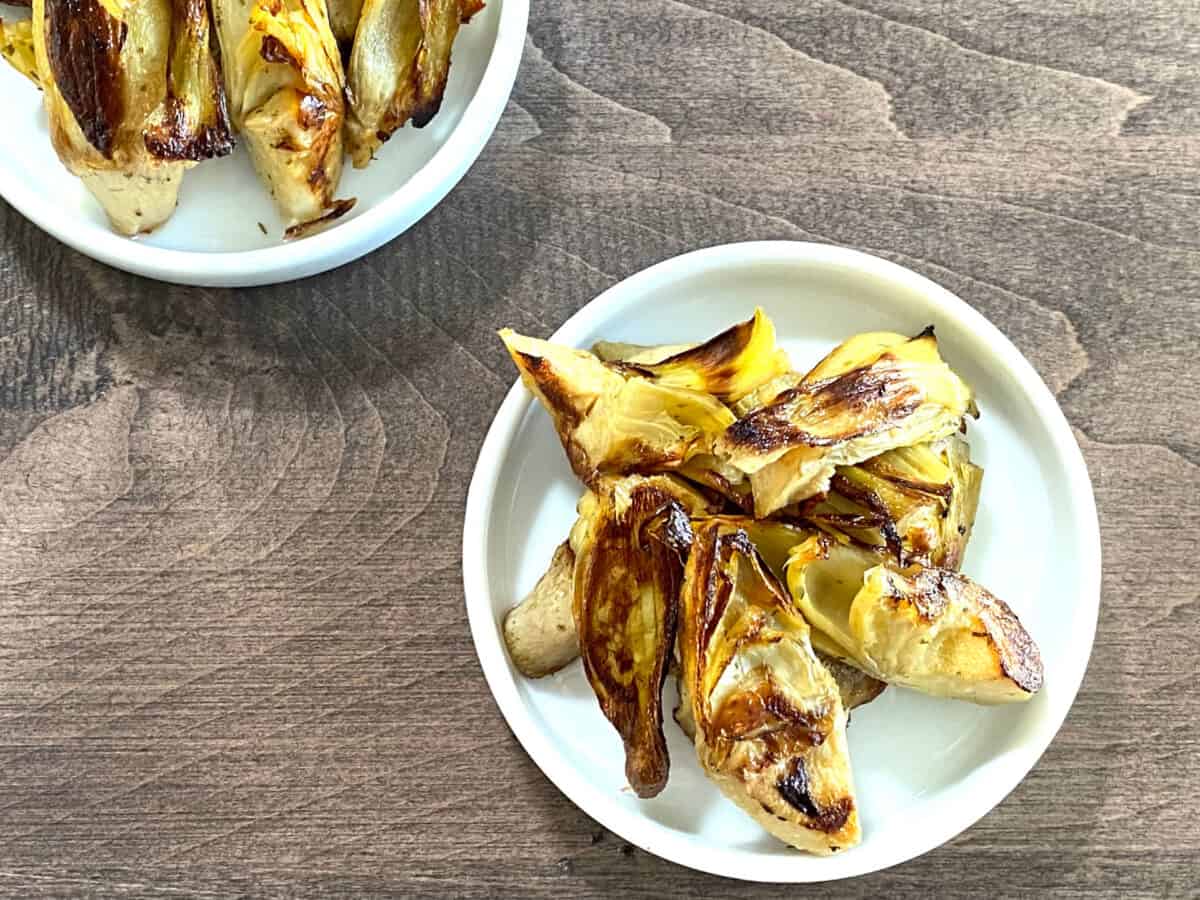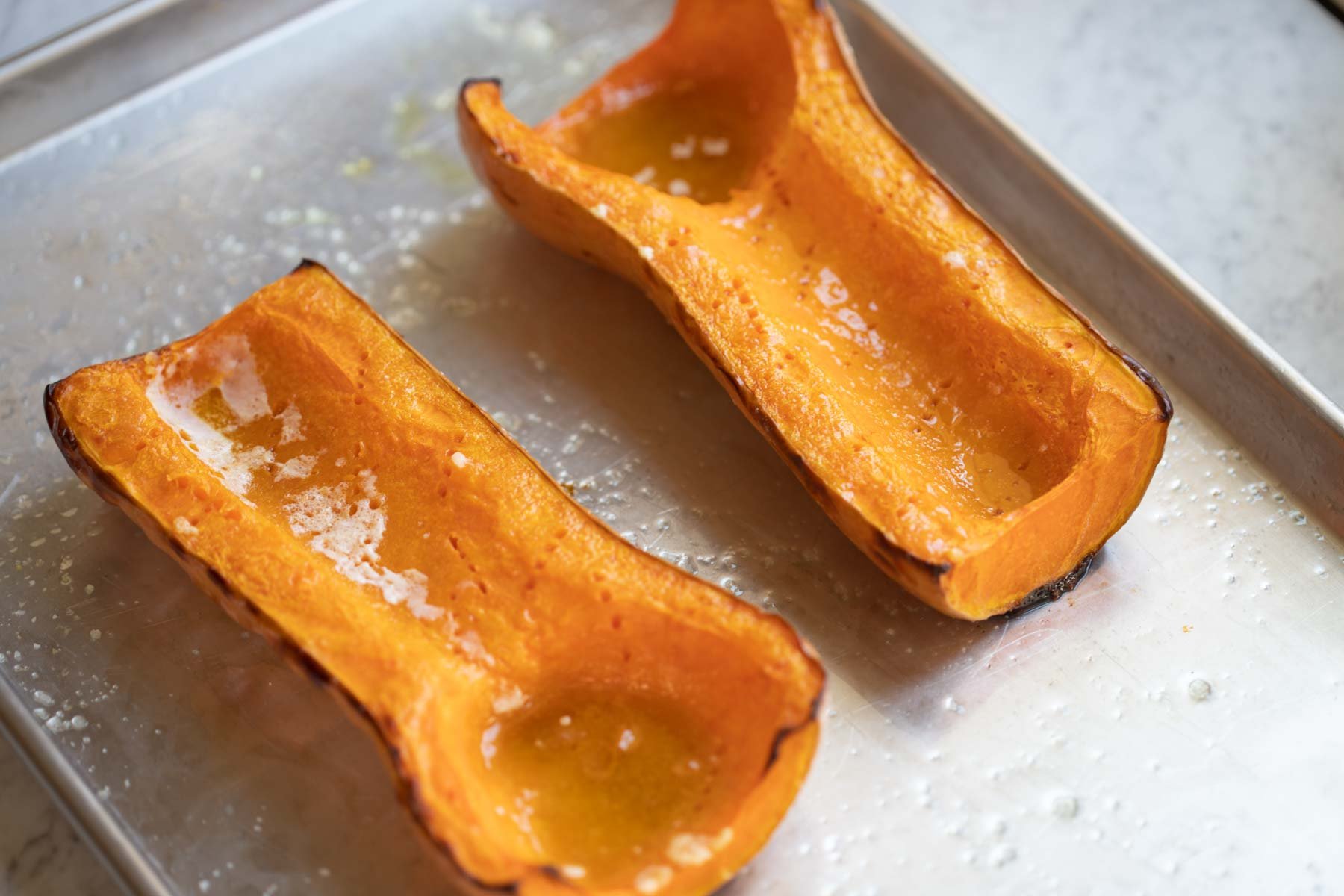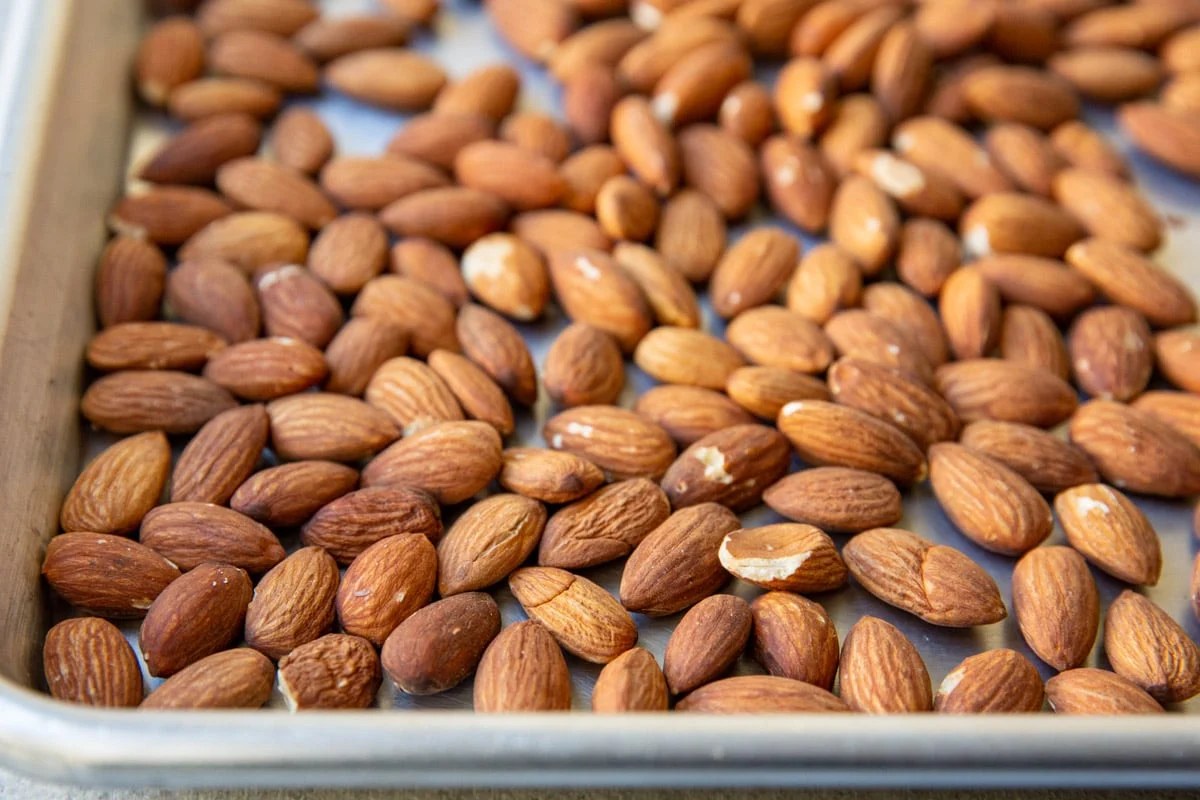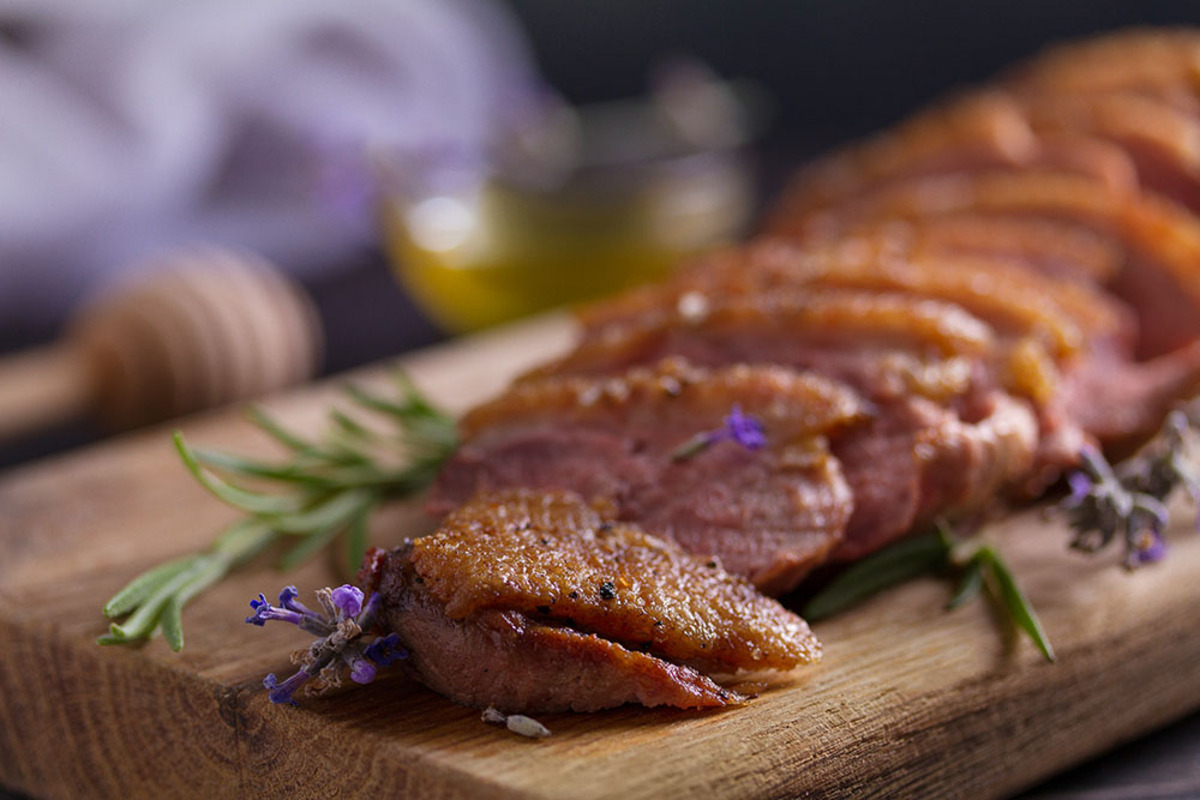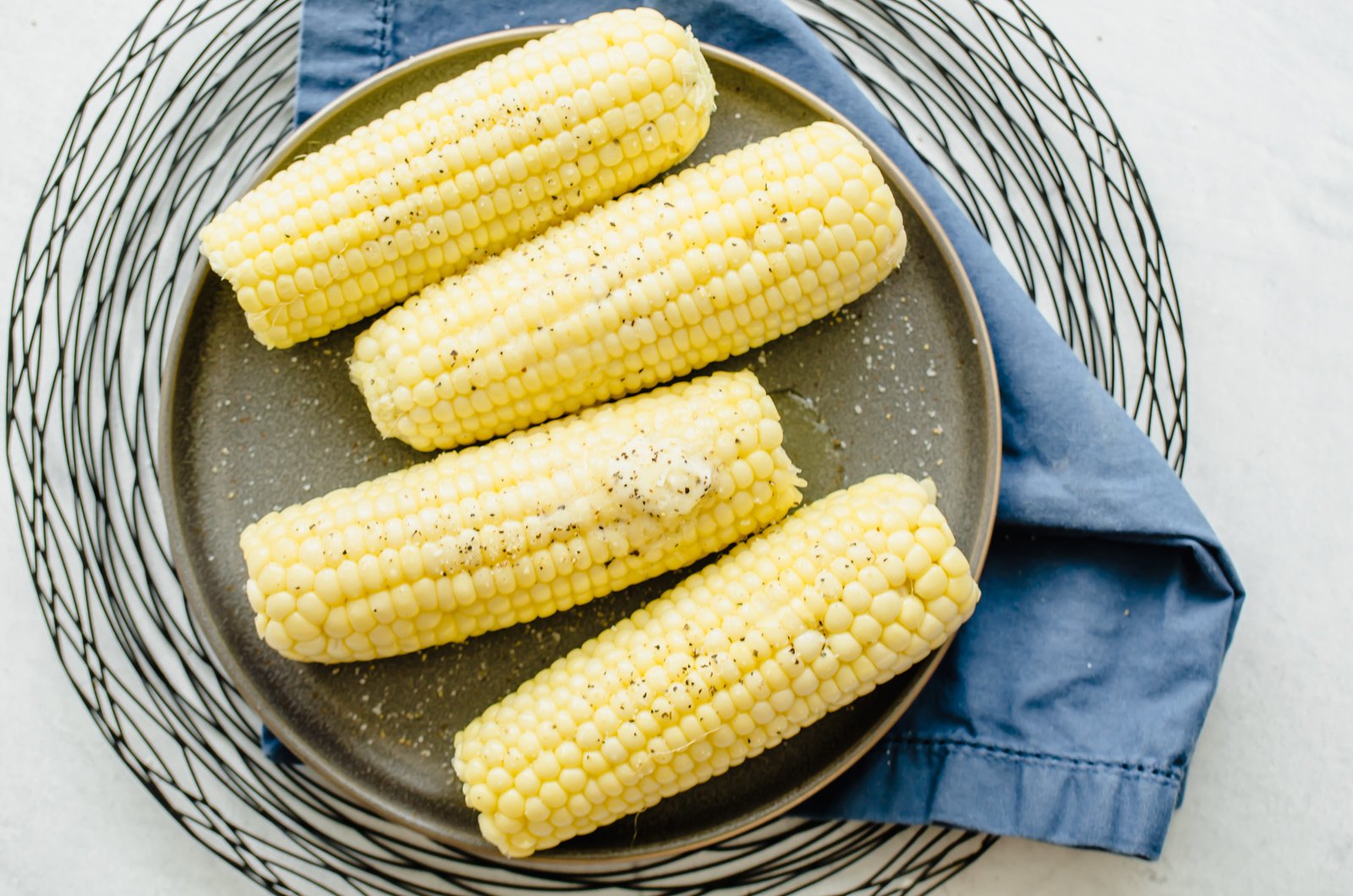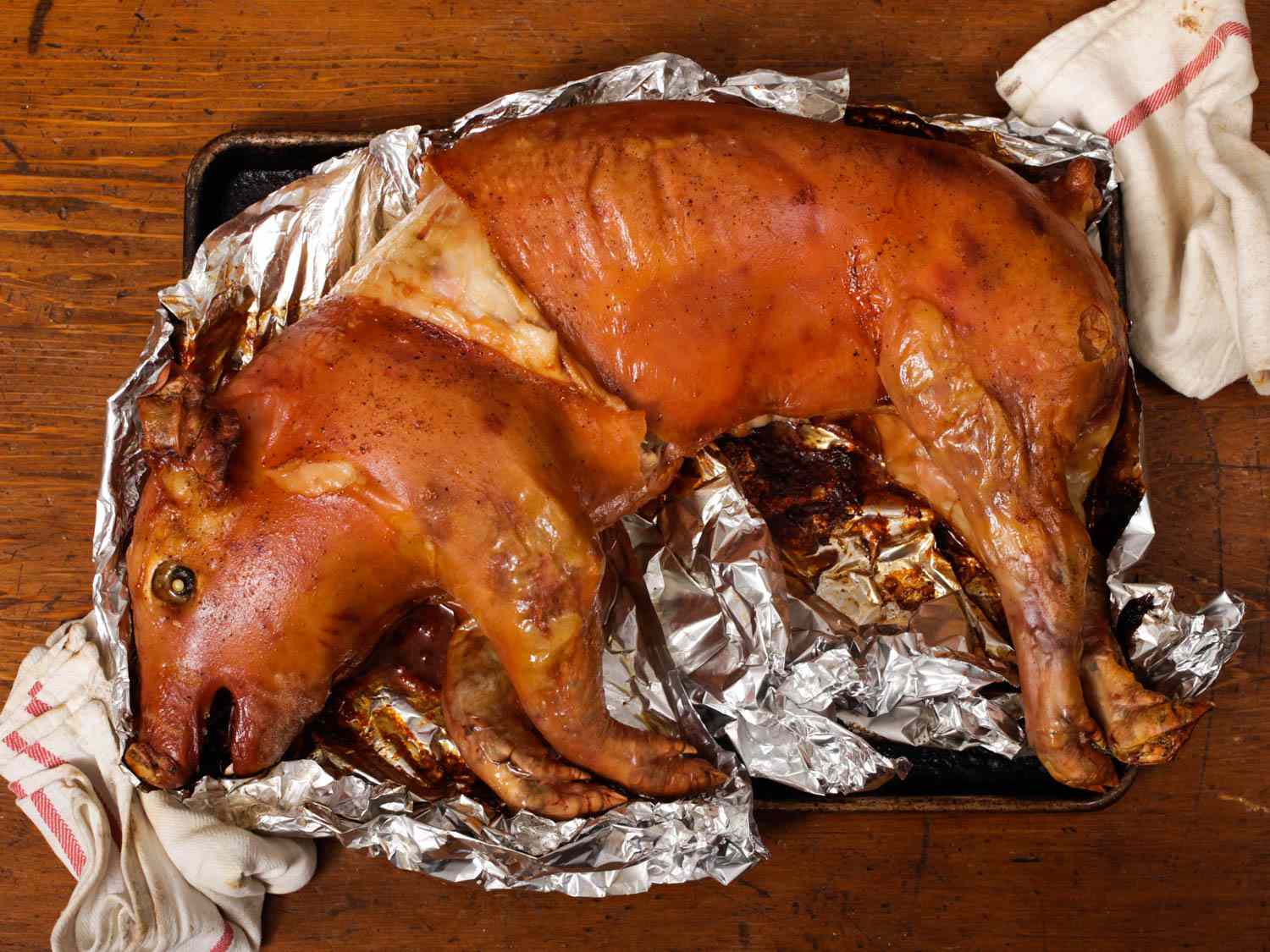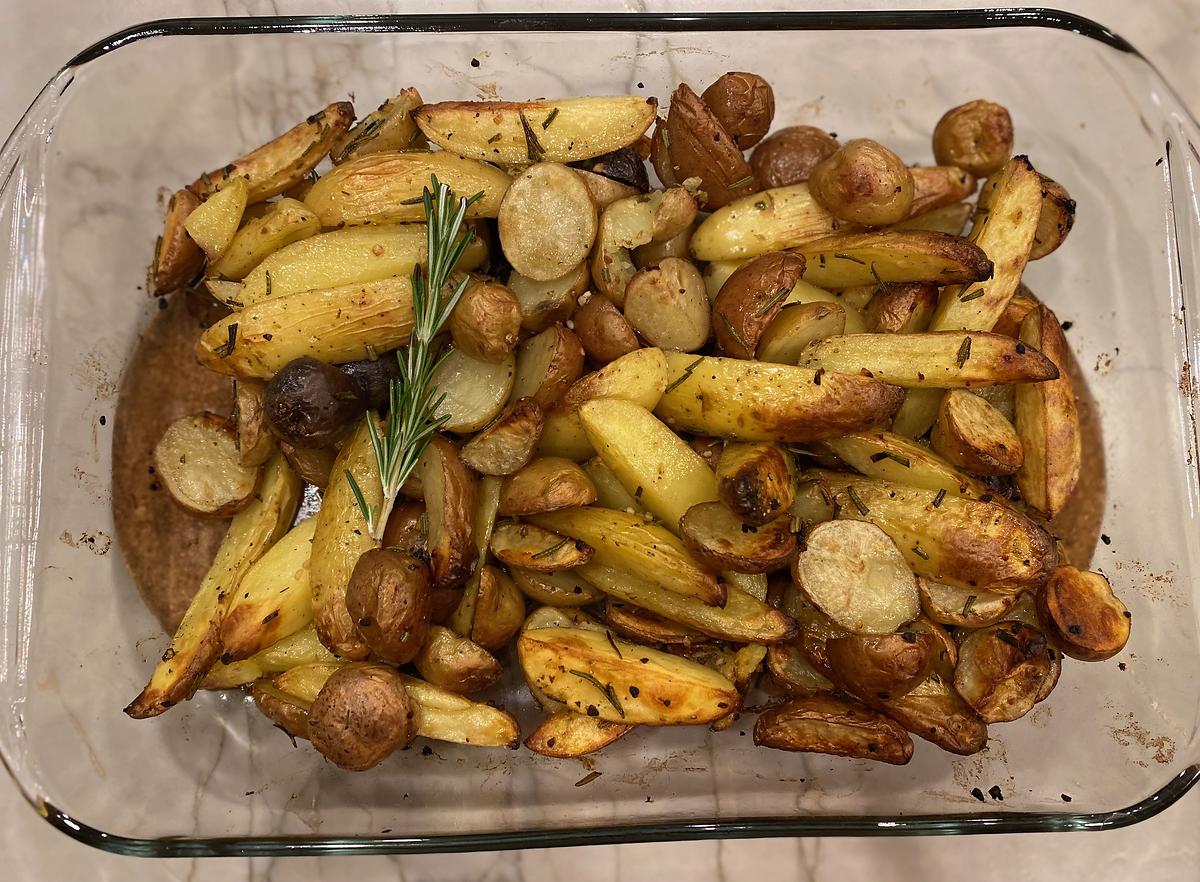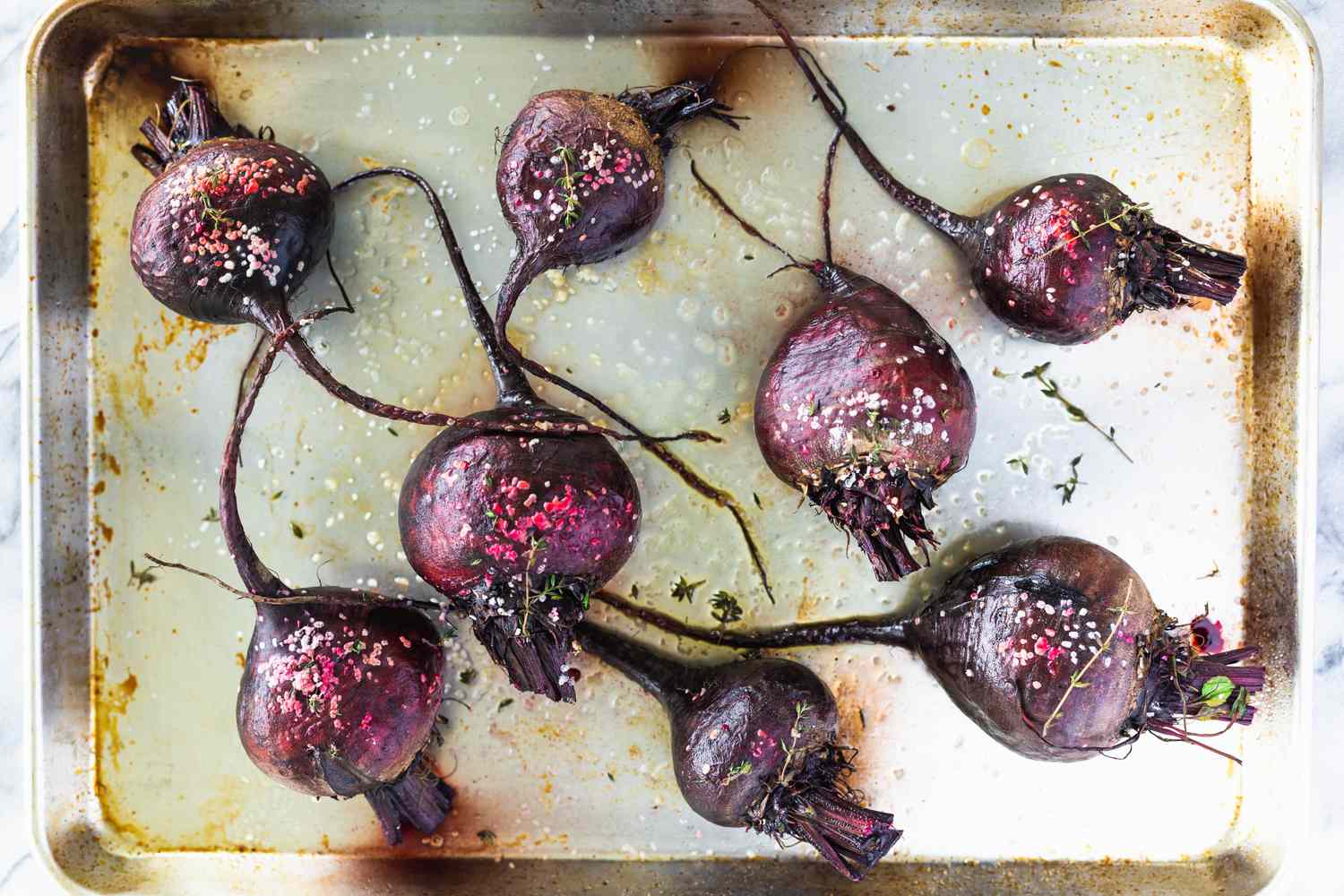Roasting Soy Flour: A Delicious and Nutritious Process
Roasting soy flour is a simple yet effective way to enhance the flavor and texture of this versatile ingredient. Whether you’re a seasoned cook or just starting out in the kitchen, learning how to roast soy flour can open up a world of culinary possibilities. In this guide, we’ll explore the benefits of roasting soy flour and provide step-by-step instructions to help you achieve perfect results every time.
The Benefits of Roasting Soy Flour
Roasting soy flour offers numerous benefits, including:
- Enhanced Flavor: Roasting soy flour brings out its natural nuttiness, adding depth and richness to dishes.
- Improved Texture: The roasting process gives soy flour a slightly crispier texture, making it a great addition to baked goods and savory recipes.
- Extended Shelf Life: Roasted soy flour has a longer shelf life compared to its raw counterpart, thanks to the reduction of moisture content during the roasting process.
- Versatility: Once roasted, soy flour can be used in a wide range of recipes, from breads and muffins to sauces and coatings.
How to Roast Soy Flour
Now that we’ve covered the benefits, let’s dive into the step-by-step process of roasting soy flour:
- Preheat your oven: Start by preheating your oven to 350°F (175°C) to ensure it’s at the right temperature for roasting.
- Spread the soy flour: Take a baking sheet and spread a thin, even layer of soy flour across the surface. This will allow for even roasting and prevent clumping.
- Monitor the roasting process: Place the baking sheet in the preheated oven and set a timer for 10 minutes. Keep a close eye on the soy flour as it roasts, stirring occasionally to ensure uniform browning.
- Check for doneness: After 10 minutes, remove the baking sheet from the oven and check the soy flour for doneness. It should have a golden brown color and a fragrant, nutty aroma.
- Cool and store: Once the soy flour is roasted to perfection, allow it to cool completely before transferring it to an airtight container for storage. Properly stored, roasted soy flour can last for several months.
Ways to Use Roasted Soy Flour
Now that you’ve mastered the art of roasting soy flour, it’s time to explore the many ways you can incorporate this flavorful ingredient into your cooking:
- Baking: Add roasted soy flour to bread, muffin, and cookie recipes for a nutty twist and added protein.
- Breading and Coatings: Use roasted soy flour as a gluten-free alternative for breading meats and vegetables, or as a crispy coating for tofu and tempeh.
- Sauces and Gravies: Incorporate roasted soy flour into sauces and gravies to thicken and add depth of flavor.
- Smoothies and Shakes: Boost the nutritional content of your smoothies and shakes by blending in a spoonful of roasted soy flour.
Final Thoughts
Learning how to roast soy flour is a valuable skill that can elevate your cooking to new heights. Whether you’re looking to add a nutty flavor to your baked goods or enhance the texture of savory dishes, roasted soy flour is a versatile ingredient that deserves a place in your pantry. Experiment with different roasting times and temperatures to find the perfect balance of flavor and texture, and enjoy the delicious results in your favorite recipes.
Was this page helpful?
Read Next: How To Roast Soybeans
